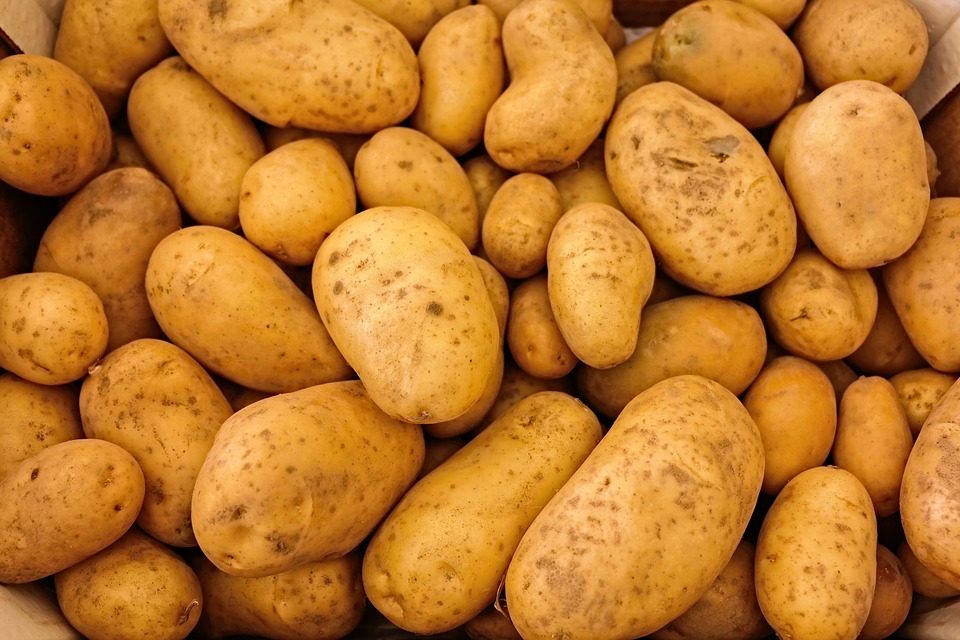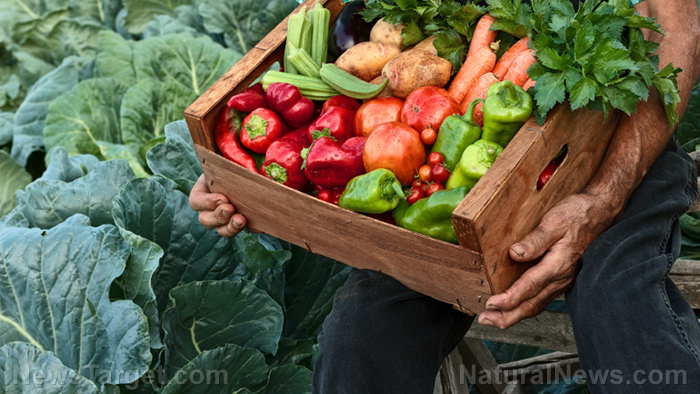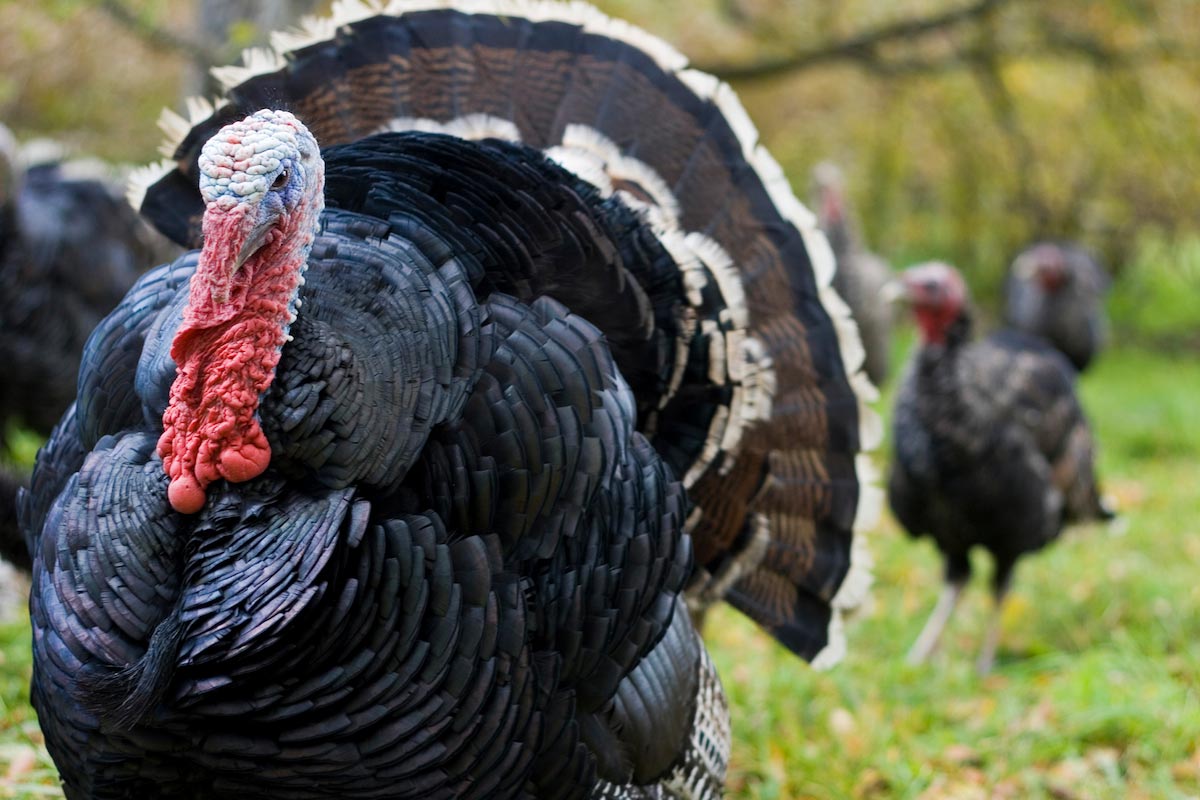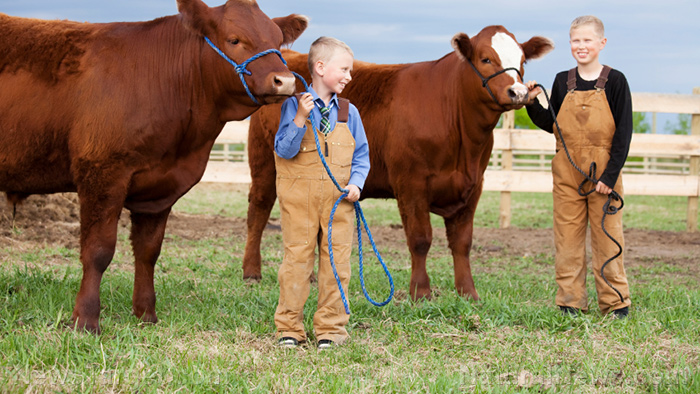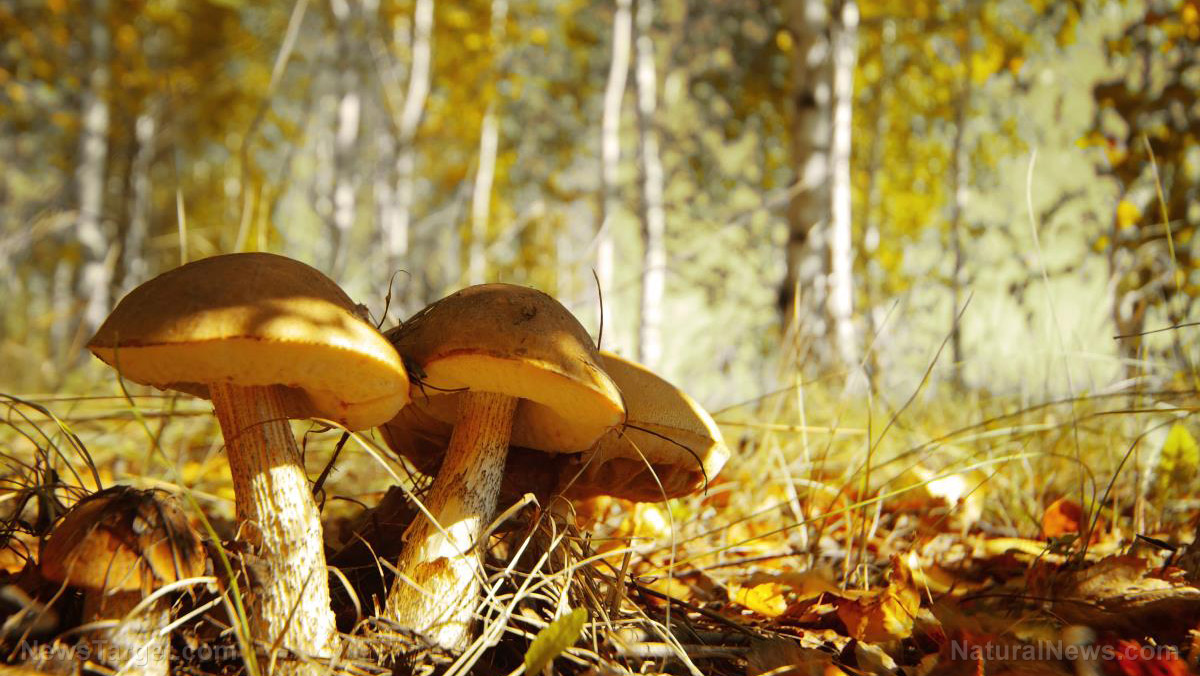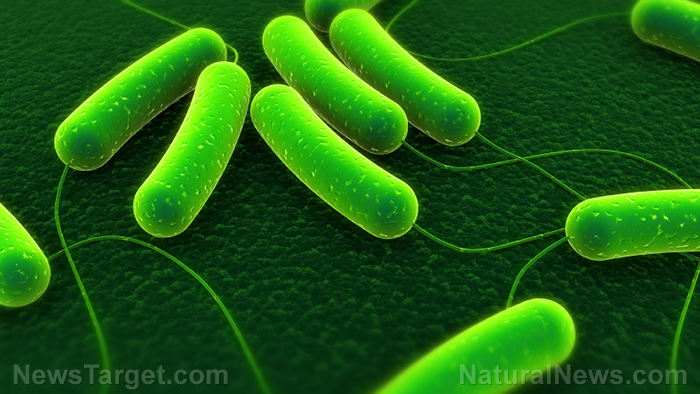Calves fed with lucerne leaf-meals grow healthier and stronger
07/29/2018 / By Edsel Cook
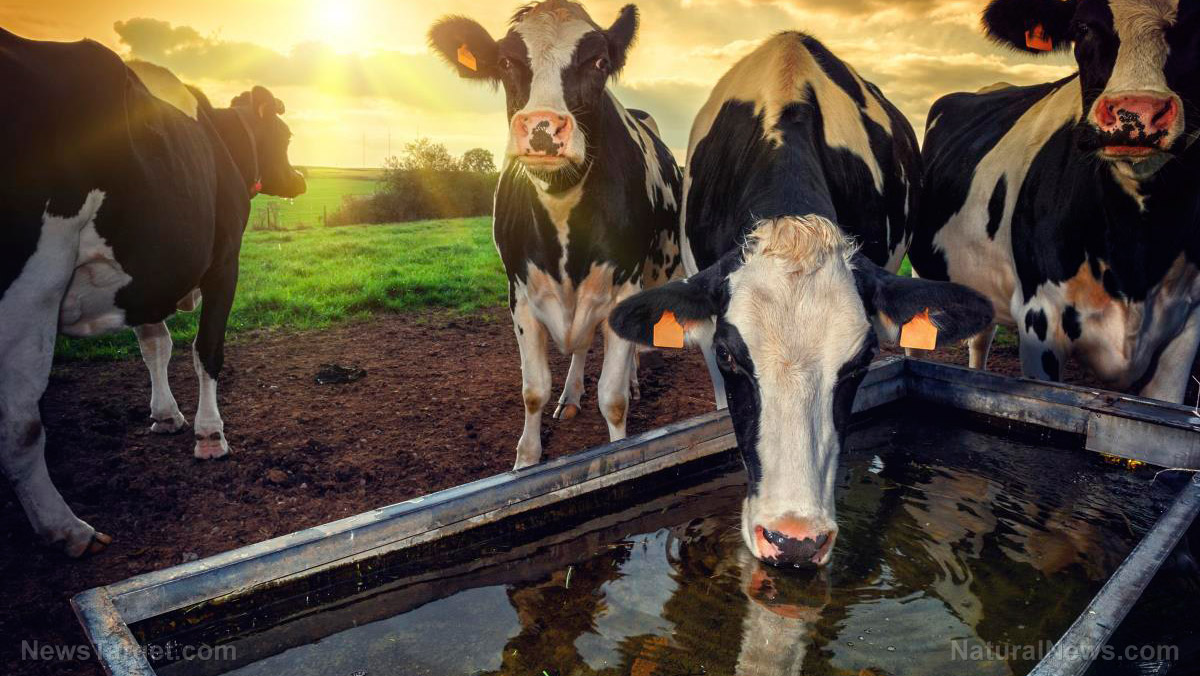
A South African study reported that adding lucerne leaf-meal to the diet of calves appeared to be highly beneficial to the growth of the young animals. Substituting up to 50 percent of the alfalfa-based natural food for pelleted calf meal was shown to improve the health and constitution of the newborn animals.
The study was conducted by the University of Limpopo. It was published in the journal Animal Production Science.
- Different dietary mixes were given to three groups of Holstein calves. Standard pelleted concentrate was fed to one group of test animals. The other two received mixed diets that replaced 35 percent or 50 percent of the pellets with lucerne leaf-meal.
- The addition of lucerne leaf-meal to the diet of the calves increased calcium levels in the animals, but at the expense of phosphorus levels.
- Analysis of the lucerne leaf-meal showed that that 25 percent of it was made up of crude protein. In comparison, pure pelleted concentrate showed the highest amount of starch and bound protein among the three diets.
- Lucerne leaf-meal supplementation also improved the mean effective degradation of dry matter in the animals’ paunch, where food undergoes microbial fermentation.
- Animals that received the 50 percent lucerne leaf-meal diet displayed higher daily dry matter and crude protein intake, a higher percentage of ruminal nitrogen balance, and better net energy at maintenance and gain. This applied to both calves and neonates.
Their findings lead the researchers to suggest the use of alfalfa-based meals as an alternative and healthier feed for newborn animals and calves.
You can scan the full study at this link. Or drop by Organics.news for more articles about healthy natural diets for livestock and humans.
Journal reference
Marumo JL, Nherera-Chokuda FV, Ngambi JW, Muya MC. EFFECT OF REPLACING A COMMERCIAL PELLETED CALF MEAL WITH LUCERNE LEAF-MEAL ON PERFORMANCE OF NEONATAL AND TRANSITIONAL HOLSTEIN HEIFER CALVES. Animal Production Science. 28 November 2018;58(5):834. DOI: 10.1071/AN16529.
Tagged Under: alfalfa, Animal Feed, animal foods, Cattle, cattle feed, cow diet, cows, dairy cows, fermentation






